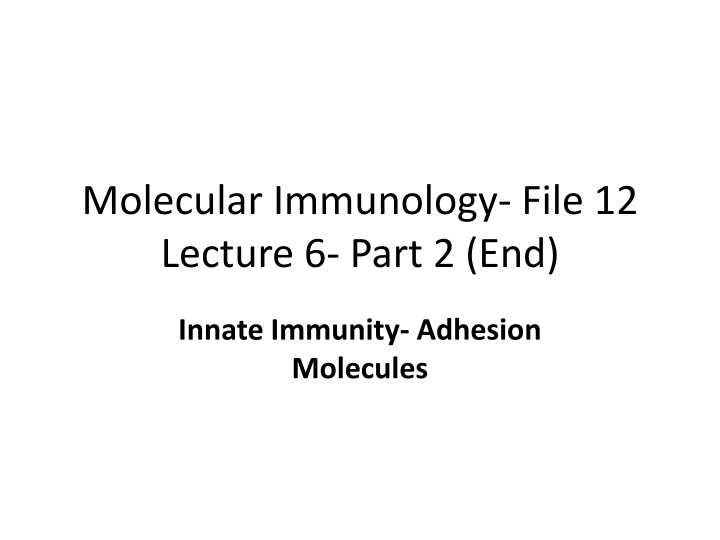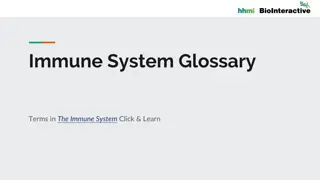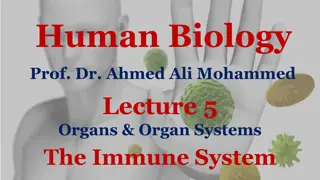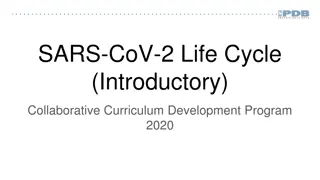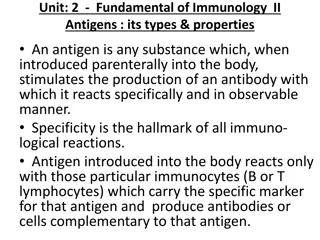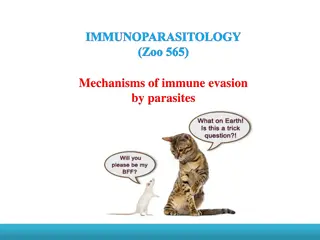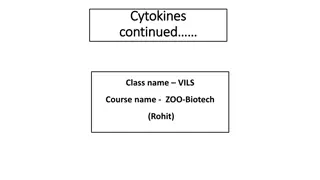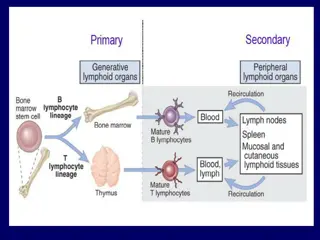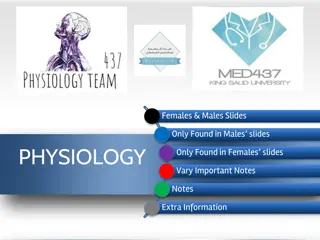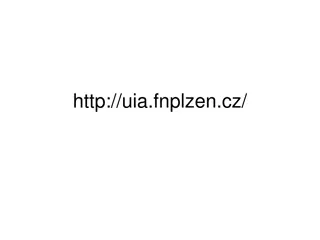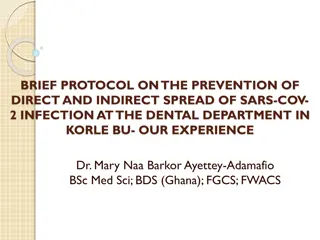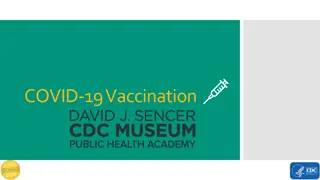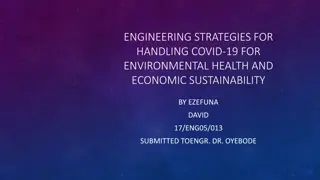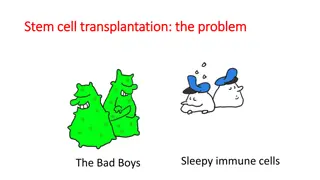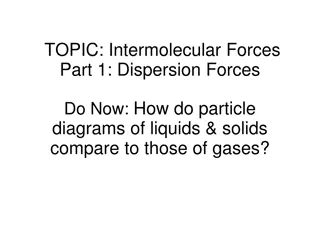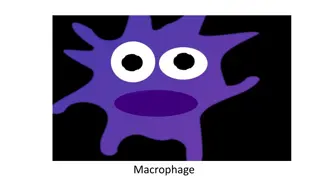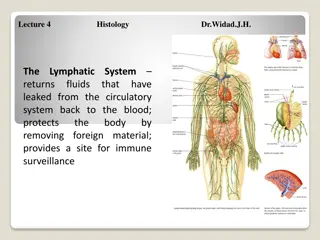Role of Adhesion Molecules in Immune Response to SARS-CoV-2 Engagement
Engagement of SARS-CoV-2 triggers the complement system and TLR 7 in neutrophils and macrophages, leading to the release of inflammatory cytokines and chemotactic factors. This results in the upregulation of adhesion molecules on blood capillary endothelial cells and leukocytes, facilitating leukocyte movement to mucosal tissues. The process involves selectins binding to carbohydrate ligands and integrins mediating leukocyte extravasation and movement on the extracellular matrix.
Download Presentation

Please find below an Image/Link to download the presentation.
The content on the website is provided AS IS for your information and personal use only. It may not be sold, licensed, or shared on other websites without obtaining consent from the author.If you encounter any issues during the download, it is possible that the publisher has removed the file from their server.
You are allowed to download the files provided on this website for personal or commercial use, subject to the condition that they are used lawfully. All files are the property of their respective owners.
The content on the website is provided AS IS for your information and personal use only. It may not be sold, licensed, or shared on other websites without obtaining consent from the author.
E N D
Presentation Transcript
Molecular Immunology- File 12 Lecture 6- Part 2 (End) Innate Immunity- Adhesion Molecules
Following engagement of SARS-CoV-2 the complement system and TLR 7 in endosomes of neutrophils and macrophages resident in the mucosa and sub mucosa of mouth, nose and throat Inflammatory cytokines and complement derived anaphylatoxins (C5a) and chemotactic factors (C3a, C5a) all contribute to exit of immune cells from the local blood capillaries to the mucosal tissue, in rather ordered sequences. The inflammatory cytokines upregulate the expression and display of ADHESION MOLECULES on the surface of blood capillaries endothelial cells AND ON LEUKOCYTES, especially neutrophils. C5a bind to receptors on the surface of resident mast cells to release histamine. Histamine-endothelial cells histamine receptor interaction leads to changes in the endothelium and vascular permeability.
The first family of adhesion molecules the neutrophils bind to is the SELECTINS. Lectins man they bind carbohydrate ligands. e.g. P selectin glycoprotein ligand 1 = PSGL-1 on the surface of immune cells. They fall into 3 families
To further clarify the structure of the E- (endothelial), P- (platelet) and L- (lymphocyte) selectins and their ligands EGF-L = domain that is like Epithelial Growth Factor
Please Google carbohydrate full names and location on the surface of endothelial cells of blood capillaries and/or leukocytes. ESL-1 = E selectin ligand; Glycam = Glycosylation-dependent cell adhesion molecule-1 (GLYCAM1) is a proteoglycan ligand expressed on cells of the high endothelial venules in lymphoid tissues.; MAdCAM = Mucosal vascular addressin cell adhesion molecule 1
Leukocytes disengage from the selectins on the blood capillary endothelium surface, and then binds to another type of adhesion molecules, the INTEGRINS All integrins are essentially composed of a heterodimer = two different polypeptides non covalently bound that cross the cell membrane, i.e., INTEGRAL membrane proteins. The Beta chain specifies the families, 1, 2, 4, 7. Each of the B chain can bind more than one alpha chain. The most important family for the leukocyte extravasation and movement on the extracellular matrix (ECM) towards the virus target is the integrins of the Beta 2 family.
The B2 subunit is CD18; The alpha subunits are CD11a = L; CD11b = M; CD11c = X , CD11d = D +Thus, CD11a/CD18 = L/B2= LFA-1, is expressed on all leukocytes; CD11b/CD18 = M/B2 = Mac1 and CD11c/CD18 = X/B2 are expressed on monocytes/ macrophages CD11d/CD18 = D/B2. ++The integrins bind to more than 30 extracellular ligands. ++The beta 2 integrins bind to the adhesion molecules of the immunoglobulin supergene family: the Inter Cell Adhesion Molecules = ICAM; ++++++CD11b/CD18 = M/B2 = Mac1 binds C3b
The Inter cell Adhesion Molecules = ICAM extracellular domains belong to the Ig supergene family, mediate adhesion between leukocytes and endothelium, and between lymphoid cells and antigen-presenting cells (APC): ICAM-1-ICAM-5
